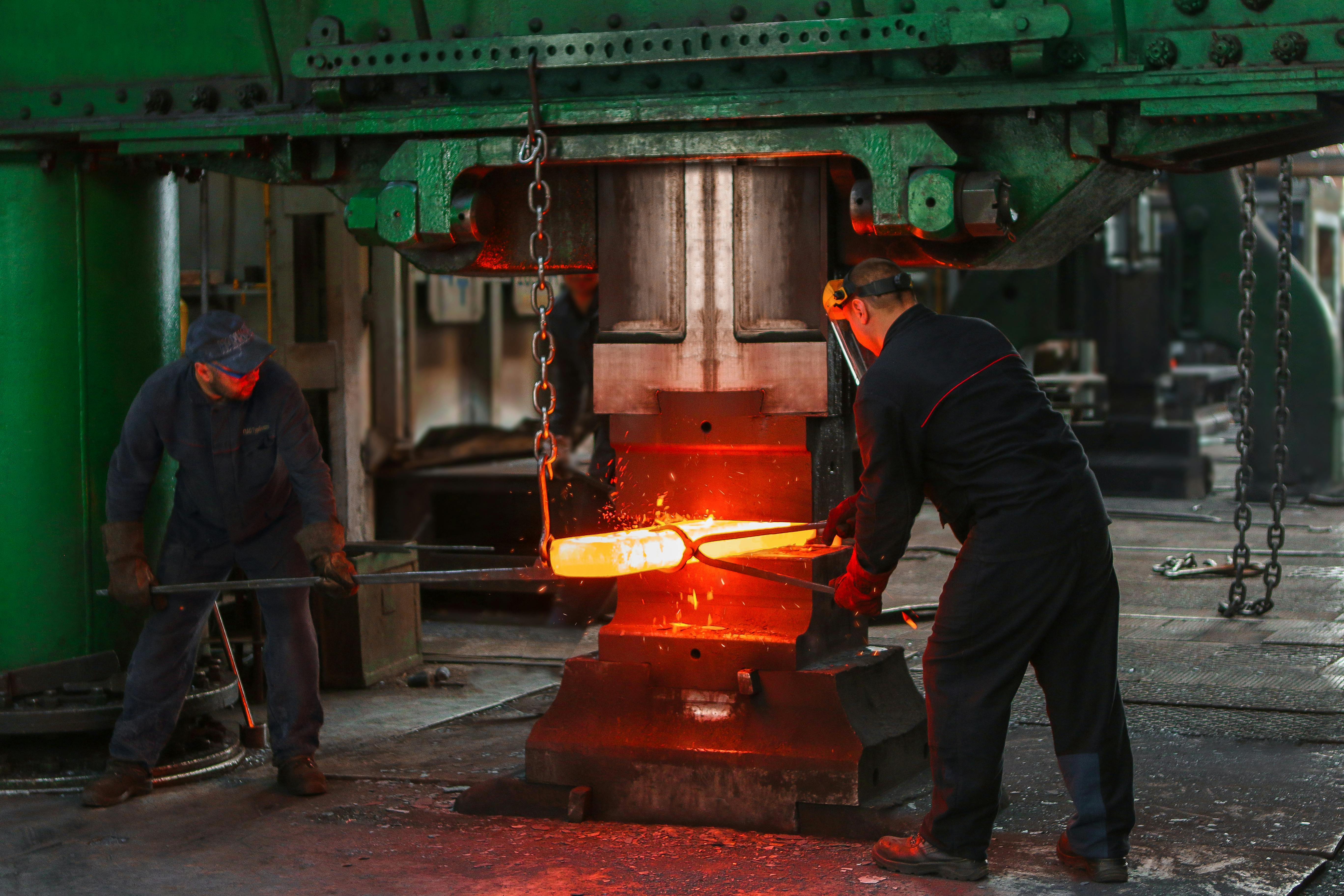Does your PC seem much slower than it used to be? Wondering if a memory upgrade might be what the doctor ordered? Maybe memory was too expensive when you first bought your computer, so you don’t really have everything you need.
If you’ve been a Windows user for a long time, you probably know that Windows loves memory. In fact, if your computer is slow and you’ve already checked for viruses and malware, it’s probably because Windows is hungry for RAM (Random Access Memory) and has to constantly swap data on your hard drive.
How much RAM is needed? Well, a lot of computers that shipped with Windows XP Home Edition or even XP Professional shipped with only 128 megabytes of memory.
I’ve seen some very slow computers really come to life when you double that to 256 megabytes. But since computer memory is as cheap as it is today, there’s no reason not to upgrade your memory to at least 512 megabytes and maybe even 1 gigabyte.
Some authors have written that the “sweet spot” for Windows XP with memory is 2 gigabytes. Honestly, unless you’re running some serious graphics applications, I doubt you’ll see much added benefit to going beyond 1 gigabyte of RAM. In fact, most users love 512.
What about Windows Vista? Well, if you’re running Windows Vista’s fancy new Aero interface, hopefully you’ve got a good video card with RAM of its own. Vista itself won’t even run the Aero interface without having a computer with at least 1 gigabyte of RAM. Vista will do much better with 2 gigabytes and you may want to consider going with 4 gigabytes.
If you have Vista and don’t max out your motherboard with new RAM, try buying the RAM in units large enough to leave some empty slots for later.
How do you know if it’s worth upgrading your computer’s memory?
Right now the lowest machine I would consider upgrading memory for would be a tall Pentium III; probably 750 – 800mhz. The Pentium III 1000s still do pretty well for basic word processing and the Internet. If you have a Pentium 4 of any kind, there’s no reason it shouldn’t still be a viable computer, so I’ve been upgrading the memory on a bunch of those machines and done it for less than $100.
Here are 3 tips to speed up your computer with a memory upgrade
- Know what memory you have now. Right-click on the “my computer” icon and select properties. Your system speed and amount of memory are listed. You can also go through the control panel (from the Start menu) and select “System”. This will give you the amount. But you also need to know if you have room to add more or if you need to remove memory cards to insert larger ones. Open the case of your computer and see; with a laptop, there is a cover at the bottom; consult your computer’s manual for details. An empty memory slot is a good sign, that means you don’t have to throw away memory to add more. (Old computer memory doesn’t work very well, I’ve tried.) Also, write down any information found on the labels of the memory cards you have installed, it will come in handy later.
-
Check your computer or motherboard specifications to find out if memory should be added in pairs, either out of necessity or for increased performance. Rambus memory, for example, generally requires paired installations. If there are extra memory slots, they will be filled with non-chip circuit boards and are required for the motherboard to function. Those “blanks” can be replaced with more Rambus memory. Some other computer motherboards, while not requiring a paired installation, will run faster if the memory is installed in pairs. Computer memory, if installed in pairs, must be matched pairs; buy them as a kit if so.
-
While it’s possible to mix RAM speeds on most computers, as long as you put the slowest speed RAM in the lowest numbered slot, it’s really not recommended unless you’re a bit of a pro. Memory is not something you want to mix and match. Make sure you buy quality memory, don’t go by price alone. A high percentage of problematic computers and Windows crashes are caused by poor or faulty memory. How to know if it is quality memory? Keep reading.
Ok, maybe you’re not a professional. The good news is that buying memory doesn’t have to be as difficult as it sounds.
The way you can overcome a host of potential problems is by buying from the right source. There are memory manufacturers who know what there is to know about your computer, all you have to do is tell them what model of computer or motherboard you have.
The even better news is that one of those manufacturers has an easy-to-use website, offers high-quality computer memory AND has some of the best prices. You can buy directly from them on their website, but if you have any questions or concerns, they offer a free consultation (from the US), and the call is NOT routed to India.
You can find more information on computer memory upgrades and who that vendor is on my website here.




